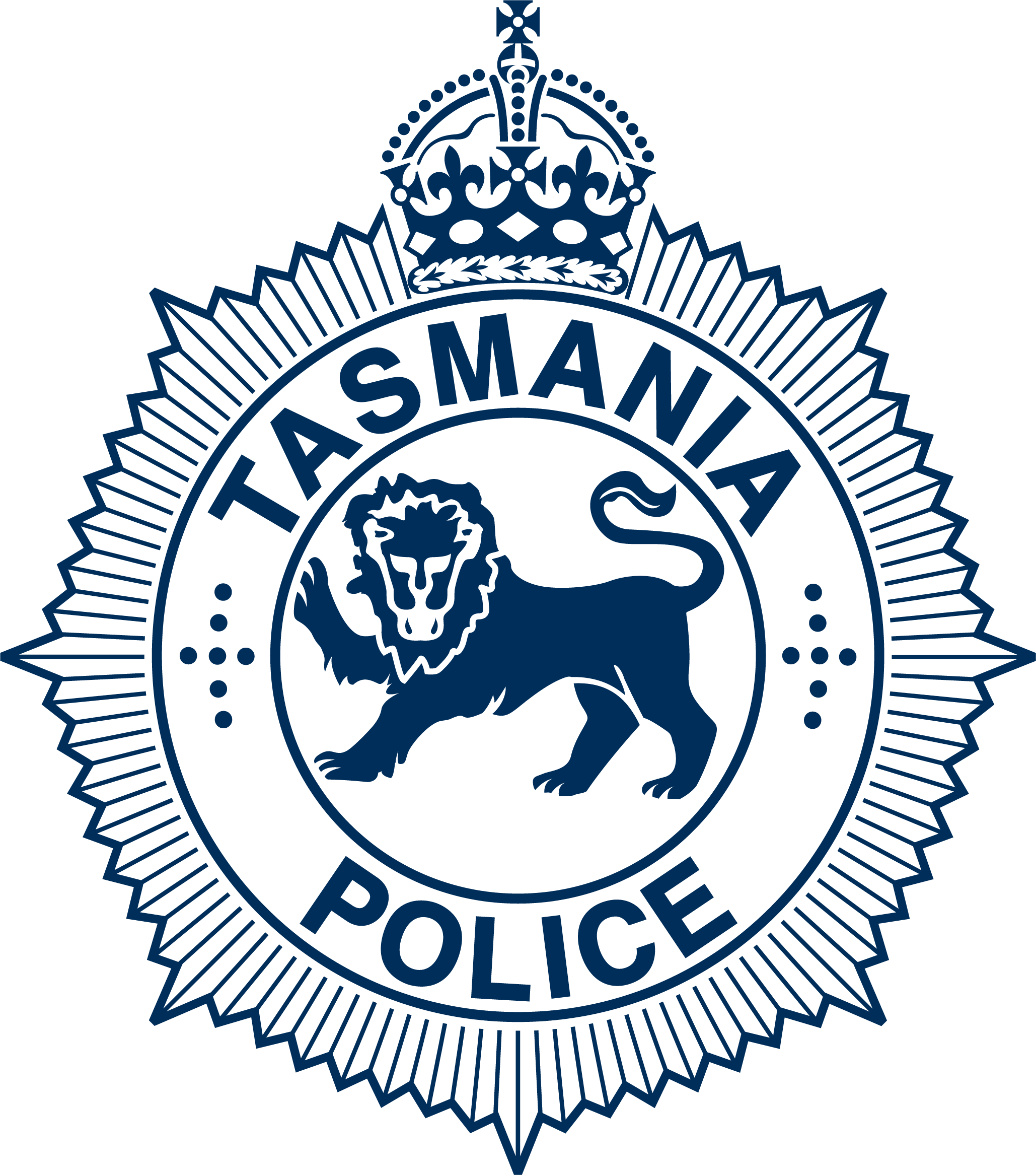Tasmania Police Warn Local Fishers To Consider Your Catch
The 1st of November is the date that heralds the variety of new seasons for sea fishing in Tasmania. This year has seen some significant change in the Sand Flathead fishery with the new minimum size of 350mm and a maximum size of 400mm, (with the exception of waters around King Island where there is no set maximum size).
New daily bag and possession limits of 10 fish per fisher in the Northwest have seen some coasters caught breaching the new rules when checked by police. The new rules also see changes for the commercial fishery with the commercial taking of sand flathead currently closed.
Recent checks by police have seen fishers fined or cautioned for under or oversized Sand Flathead or exceeding the daily catch limit across a range of species. Several recreational fishers in the Burnie, Ulverstone and Devonport areas have been detected with under or oversized Sand Flathead. A commercial fisherman at Stanley has also been detected exceeding the number of Calamari taken in a single fishing trip. These infractions of the rules have resulted in the seizure of the catch by police.
The penalties that can be incurred for breaking the rules are significant. For recreational fishery, fines start at $390 for an under or oversized Sand Flathead, and a commercial fisher can expect to start at $780. You can also expect to have your catch seized. Depending on the extent of the offending involved, seizures can also include equipment and even vessels.
Inspector Anthea Maingay of Tasmania Police, Central West Division warns boaters and fishers “If you are fishing or just enjoying a day boating, expect to be checked at some time this year by police. This could be on the water or at the ramp, or even as you are driving home after a day out”.
Remember to check your safety gear before you go. This includes but is not limited to ensuring your PFD’s have been serviced properly, your flares are in date, your fire extinguisher is properly charged and in a serviceable condition; and, that you have everything on board that you require for the water you are going to be operating in. Ensure equipment is serviceable and ready at hand if needed. You do not want to be trying to locate safety equipment in an emergency, every second counts.
If you need to double check what you are required to have and where you are required to have it, you can find the list of minimum safety gear and a map of operational areas at https://mast.tas.gov.au/safe-boating/safety-equipment/ .



